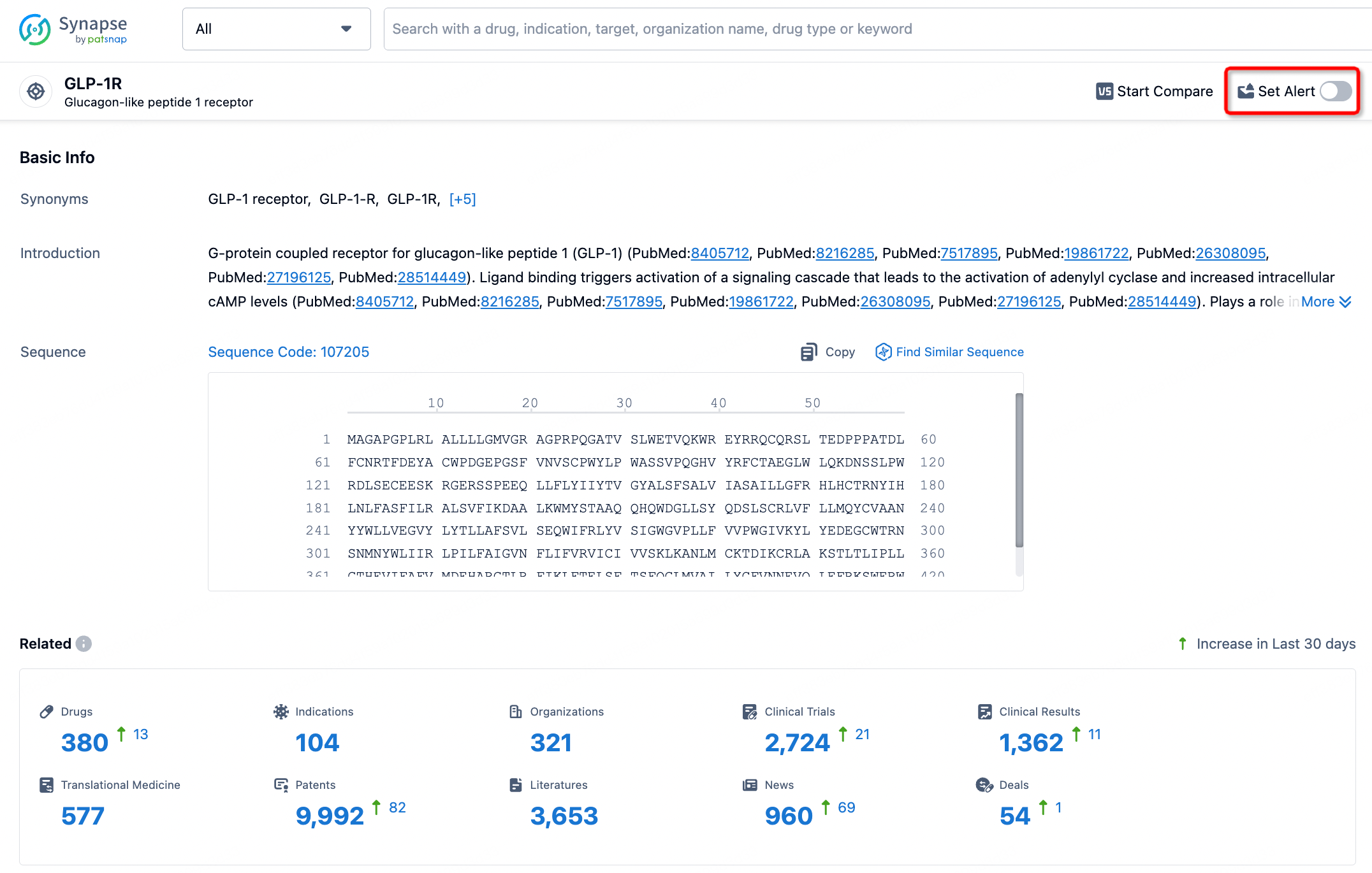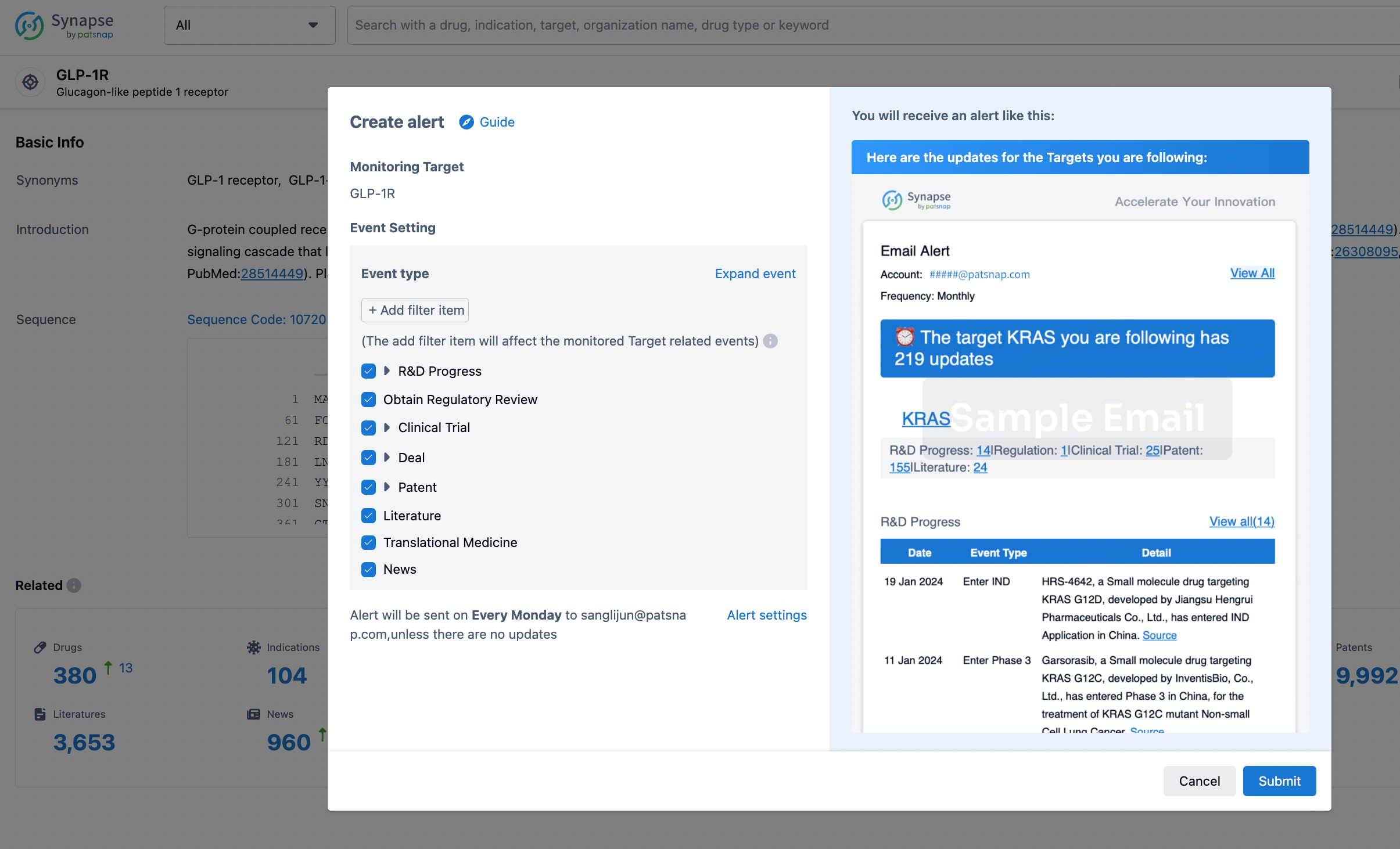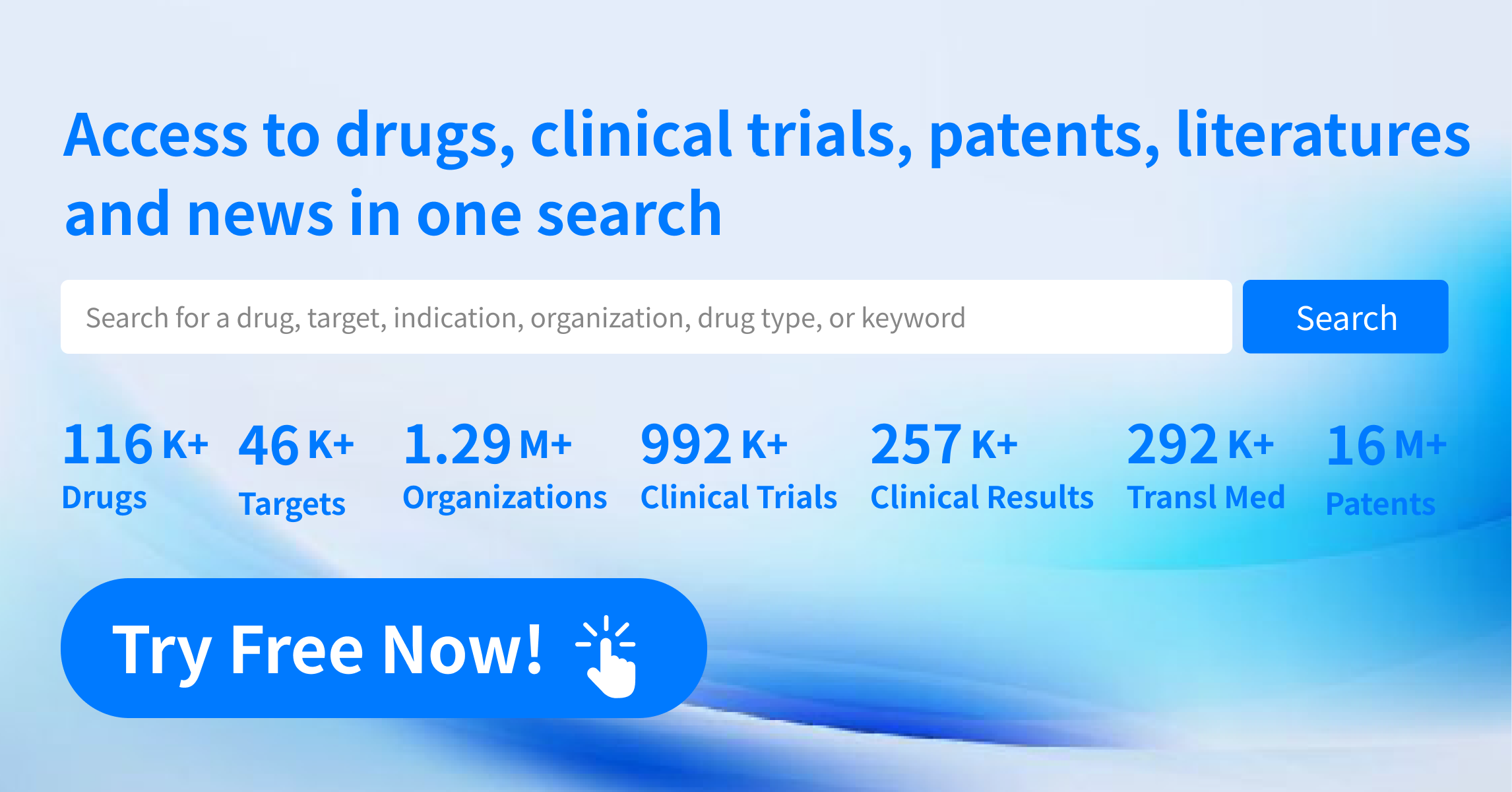Request Demo
What are HMGB1 modulators and how do they work?
21 June 2024
The burgeoning field of molecular biology continuously brings to light novel therapeutic targets, among which High Mobility Group Box 1 (HMGB1) has captured significant interest. HMGB1 modulators are emerging as promising agents in the treatment of various diseases. These modulators hold the potential to revolutionize the way we manage conditions ranging from inflammatory diseases to cancer. In this blog post, we will delve into the world of HMGB1 modulators, exploring how they work and what they are used for.
HMGB1, a nuclear protein, was initially considered merely a DNA-binding protein that plays a role in the regulation of transcription. However, its role extends far beyond this basic function. HMGB1 is now recognized as a critical player in inflammation, immunity, and even cancer. It can act as a damage-associated molecular pattern (DAMP) when released into the extracellular space, thereby triggering inflammatory and immune responses. The dual roles of HMGB1 in both intracellular and extracellular environments make it a unique and versatile protein. Modulators of HMGB1 can either inhibit or enhance its activity, depending on the therapeutic needs.
HMGB1 modulators function by influencing the HMGB1 pathways to achieve the desired therapeutic effect. There are generally two broad categories of HMGB1 modulators: inhibitors and enhancers.
Inhibitors aim to reduce the pro-inflammatory and immune-activating effects of HMGB1. This can be achieved in multiple ways: by preventing its release from cells, by neutralizing it once it is extracellular, or by blocking its interaction with cell surface receptors such as RAGE (Receptor for Advanced Glycation End-products) and TLRs (Toll-like Receptors). Some inhibitors achieve this by using antibodies or small molecules that directly bind to HMGB1, thus preventing its interaction with receptors. Other approaches include the use of HMGB1-binding proteins like soluble RAGE, which can sequester HMGB1 and prevent it from exerting its effects.
On the other hand, enhancers of HMGB1 activity might be utilized in cases where its function as an immune activator could be beneficial, such as in cancer therapies. By promoting its interaction with immune cells, HMGB1 enhancers can potentially boost anti-tumor immune responses. For example, certain cytokines and small molecules can increase the expression or release of HMGB1, thereby enhancing its activity.
The therapeutic applications of HMGB1 modulators are vast and varied. Inflammatory diseases such as rheumatoid arthritis, sepsis, and systemic lupus erythematosus have been associated with elevated levels of extracellular HMGB1. By inhibiting HMGB1, researchers aim to reduce the inflammation and tissue damage that characterize these conditions. For instance, in sepsis, an overwhelming systemic inflammatory response can be life-threatening. HMGB1 inhibitors can potentially mitigate this response, improving survival rates.
Cancer therapy represents another promising avenue for HMGB1 modulators. Tumor cells often exploit HMGB1 to create a pro-tumorigenic microenvironment. Inhibiting HMGB1 in such scenarios can disrupt these favorable conditions for tumor growth and metastasis. Conversely, in the context of immunotherapy, enhancing HMGB1 activity might help to stimulate the immune system to recognize and attack cancer cells more effectively. Clinical trials are ongoing to evaluate the efficacy of HMGB1 modulators in various cancer types.
Moreover, HMGB1 modulators have shown promise in the treatment of neurodegenerative diseases like Alzheimer's and Parkinson's. These conditions are often associated with chronic inflammation and neuronal damage, where HMGB1 plays a contributory role. By modulating HMGB1 activity, it may be possible to alleviate some of the inflammatory processes involved in these diseases.
In conclusion, HMGB1 modulators represent a versatile and promising class of therapeutic agents. Their ability to either inhibit or enhance HMGB1 activity opens up numerous possibilities for treating a wide range of diseases. As research continues to advance, the clinical applications of HMGB1 modulators are likely to expand, offering new hope for patients suffering from conditions that currently have limited treatment options.
HMGB1, a nuclear protein, was initially considered merely a DNA-binding protein that plays a role in the regulation of transcription. However, its role extends far beyond this basic function. HMGB1 is now recognized as a critical player in inflammation, immunity, and even cancer. It can act as a damage-associated molecular pattern (DAMP) when released into the extracellular space, thereby triggering inflammatory and immune responses. The dual roles of HMGB1 in both intracellular and extracellular environments make it a unique and versatile protein. Modulators of HMGB1 can either inhibit or enhance its activity, depending on the therapeutic needs.
HMGB1 modulators function by influencing the HMGB1 pathways to achieve the desired therapeutic effect. There are generally two broad categories of HMGB1 modulators: inhibitors and enhancers.
Inhibitors aim to reduce the pro-inflammatory and immune-activating effects of HMGB1. This can be achieved in multiple ways: by preventing its release from cells, by neutralizing it once it is extracellular, or by blocking its interaction with cell surface receptors such as RAGE (Receptor for Advanced Glycation End-products) and TLRs (Toll-like Receptors). Some inhibitors achieve this by using antibodies or small molecules that directly bind to HMGB1, thus preventing its interaction with receptors. Other approaches include the use of HMGB1-binding proteins like soluble RAGE, which can sequester HMGB1 and prevent it from exerting its effects.
On the other hand, enhancers of HMGB1 activity might be utilized in cases where its function as an immune activator could be beneficial, such as in cancer therapies. By promoting its interaction with immune cells, HMGB1 enhancers can potentially boost anti-tumor immune responses. For example, certain cytokines and small molecules can increase the expression or release of HMGB1, thereby enhancing its activity.
The therapeutic applications of HMGB1 modulators are vast and varied. Inflammatory diseases such as rheumatoid arthritis, sepsis, and systemic lupus erythematosus have been associated with elevated levels of extracellular HMGB1. By inhibiting HMGB1, researchers aim to reduce the inflammation and tissue damage that characterize these conditions. For instance, in sepsis, an overwhelming systemic inflammatory response can be life-threatening. HMGB1 inhibitors can potentially mitigate this response, improving survival rates.
Cancer therapy represents another promising avenue for HMGB1 modulators. Tumor cells often exploit HMGB1 to create a pro-tumorigenic microenvironment. Inhibiting HMGB1 in such scenarios can disrupt these favorable conditions for tumor growth and metastasis. Conversely, in the context of immunotherapy, enhancing HMGB1 activity might help to stimulate the immune system to recognize and attack cancer cells more effectively. Clinical trials are ongoing to evaluate the efficacy of HMGB1 modulators in various cancer types.
Moreover, HMGB1 modulators have shown promise in the treatment of neurodegenerative diseases like Alzheimer's and Parkinson's. These conditions are often associated with chronic inflammation and neuronal damage, where HMGB1 plays a contributory role. By modulating HMGB1 activity, it may be possible to alleviate some of the inflammatory processes involved in these diseases.
In conclusion, HMGB1 modulators represent a versatile and promising class of therapeutic agents. Their ability to either inhibit or enhance HMGB1 activity opens up numerous possibilities for treating a wide range of diseases. As research continues to advance, the clinical applications of HMGB1 modulators are likely to expand, offering new hope for patients suffering from conditions that currently have limited treatment options.
How to obtain the latest development progress of all targets?
In the Synapse database, you can stay updated on the latest research and development advances of all targets. This service is accessible anytime and anywhere, with updates available daily or weekly. Use the "Set Alert" function to stay informed. Click on the image below to embark on a brand new journey of drug discovery!
AI Agents Built for Biopharma Breakthroughs
Accelerate discovery. Empower decisions. Transform outcomes.
Get started for free today!
Accelerate Strategic R&D decision making with Synapse, PatSnap’s AI-powered Connected Innovation Intelligence Platform Built for Life Sciences Professionals.
Start your data trial now!
Synapse data is also accessible to external entities via APIs or data packages. Empower better decisions with the latest in pharmaceutical intelligence.


